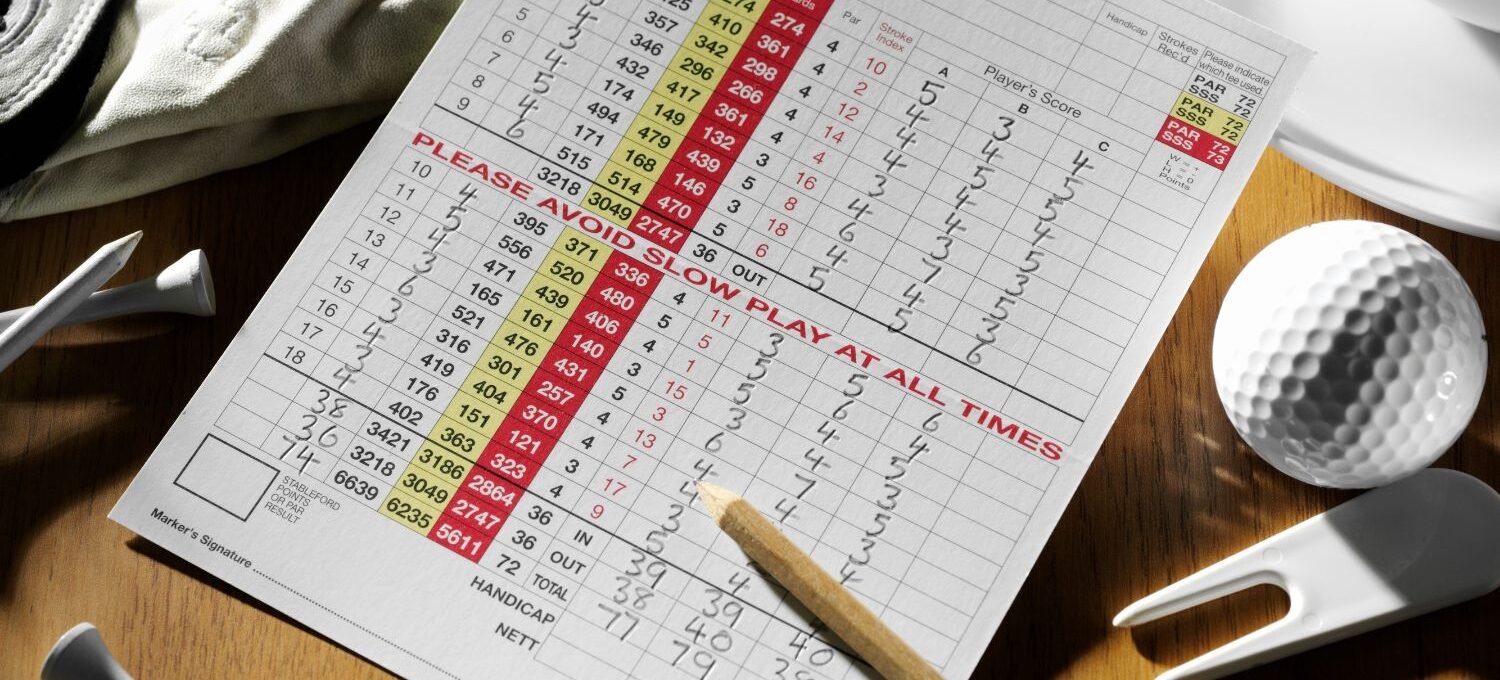When I first started golfing, I was eager to take part in competitions. But let me tell you, the thought of it was intimidating. Like most beginners, I assumed all golf competitions were stroke play—where every single stroke counts toward your total score.
If you’re anything like me, you’ve probably experienced those nightmare holes where you hit 9 strokes on a par 4. Let’s face it, that’s a serious dent in both your game and your ego. But here’s the good news: golf isn’t all about stroke play! There’s another format called Stableford, and it can be a real game-changer for new golfers like us.
What is Stroke Play?
Let’s start with the classic format: stroke play. This is the version of golf most people think of when they picture tournaments like The Masters. The rules are simple: you count every stroke (and putt!) you take during a round, and the player with the lowest total wins.
While stroke play is straightforward, it’s also relentless. One disastrous hole—say, that dreaded 9 on a par 4—can ruin your entire round. For beginners still learning consistency, stroke play can feel punishing.
How Does Stableford Work?
Enter Stableford, a format that’s much more forgiving and beginner-friendly. Instead of focusing on your total strokes, Stableford uses a point system for each hole based on your performance relative to par. Here’s how the points typically work:
• Double Bogey or worse: 0 points
• Bogey: 1 point
• Par: 2 points
• Birdie: 3 points
• Eagle: 4 points
In this format, the focus shifts to rewarding good holes rather than punishing bad ones. If you completely mess up a hole and end with a 9 on a par 4, it doesn’t matter—you just move on with 0 points for that hole. But if you manage to sink a few pars or even a birdie, you’re racking up points, and that momentum can carry you through the round.
In Stableford, every hole is a fresh opportunity—play boldly, and let the points reward your best moments
Handicap Index in Stableford
Your Handicap Index comes into play when using the Stableford format. It adjusts your performance based on your skill level, making it a more equitable experience for players of all abilities.
Let’s say you have a Handicap of 38. In a Stableford competition, this means you’ll get two extra strokes per hole, and an additional stroke on the hardest two holes on the course (usually the first and second hardest). This makes it easier to score higher points on tougher holes.
Example:
• You’re playing a par 4 hole and score a 5. Normally, this would be a bogey, giving you 1 point. But since you have a Handicap of 38, you get two extra strokes, making your net score a 3 (birdie). You earn 3 points instead of just 1.
• On a par 3 hole, you score a 5 (a double bogey). Normally, that would be 0 points. But with your Handicap of 38, you get two extra strokes, so your net score is a 3 (par). You earn 2 points instead of 0.
Your Handicap helps you stay competitive by allowing you to earn more points on the tougher holes, giving you a better chance to compete and enjoy the round.
Why Stableford Is Great for Beginners
For me, Stableford was a revelation. It’s less about perfection and more about celebrating those small wins—like finally hitting a clean approach shot or sinking a tricky putt. It also takes the pressure off. Knowing that one bad hole won’t ruin your scorecard lets you play with a clearer head and enjoy the game more.
Another benefit? Stableford encourages strategic play. Instead of stressing over every stroke, you can take calculated risks to chase those higher-point opportunities.

Which Format Should You Try First?
If you’re new to golf and nervous about competition, Stableford is the way to go. It’s a fun, low-pressure introduction to the competitive side of golf, and it’ll help you focus on improving your game one hole at a time.
But don’t shy away from stroke play forever. Once you’ve built up some confidence and consistency, it can be rewarding to test yourself in a traditional format. Both formats have their charm—it’s all about what works best for you.
As a beginner, competing in golf doesn’t have to be scary. Whether you choose stroke play or Stableford, the key is to get out there, have fun, and learn from every round. Remember, even the pros started somewhere—and probably had their fair share of 9-stroke holes too!
So, what’s your favorite competition format? Have you tried Stableford yet? Let me know in the comments below—I’d love to hear your experiences!
Keep swinging,
Fresh Golfer ⛳




Leave a Comment